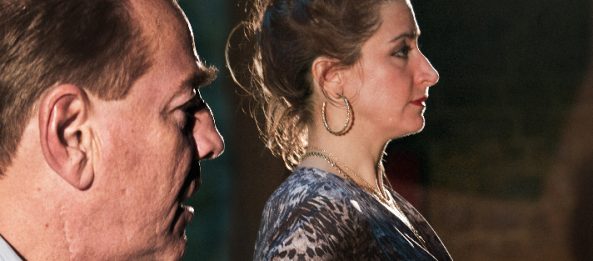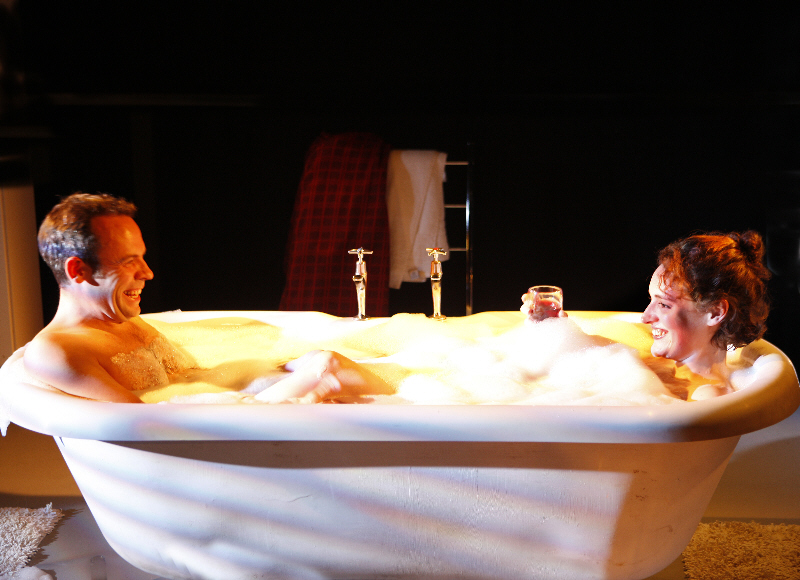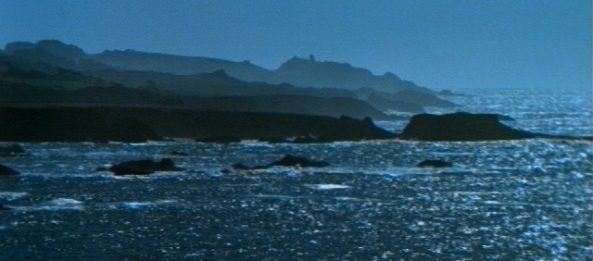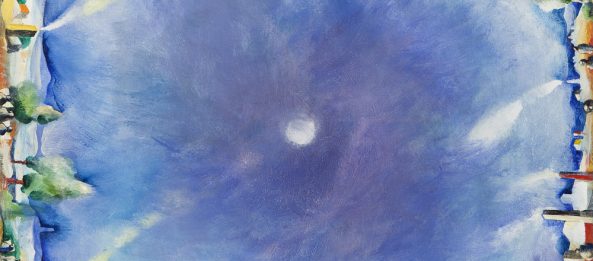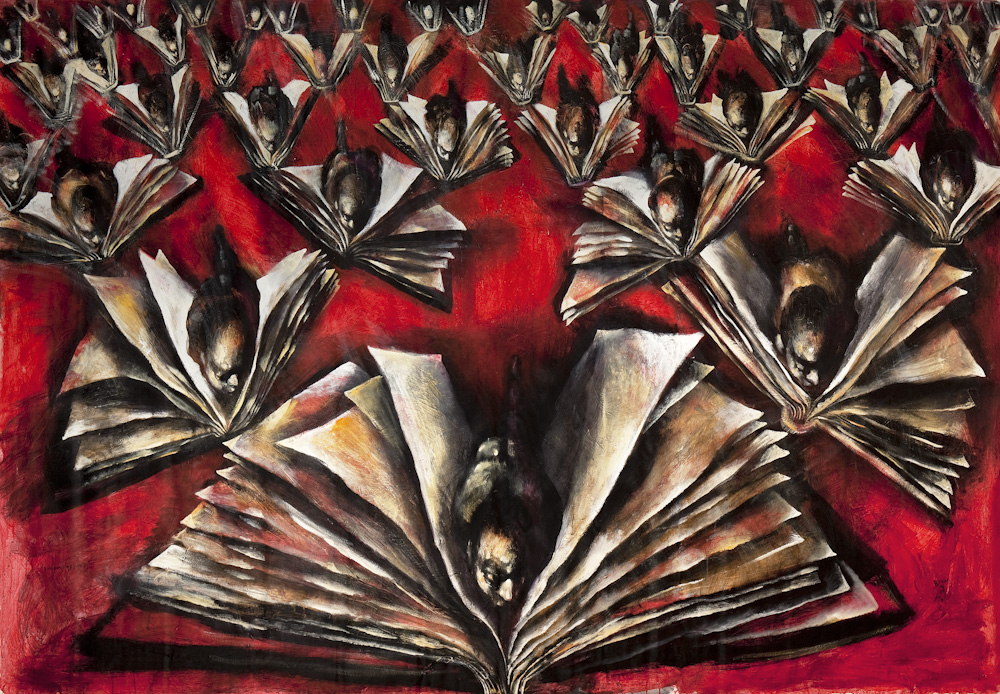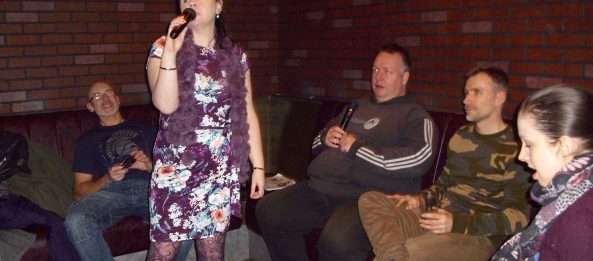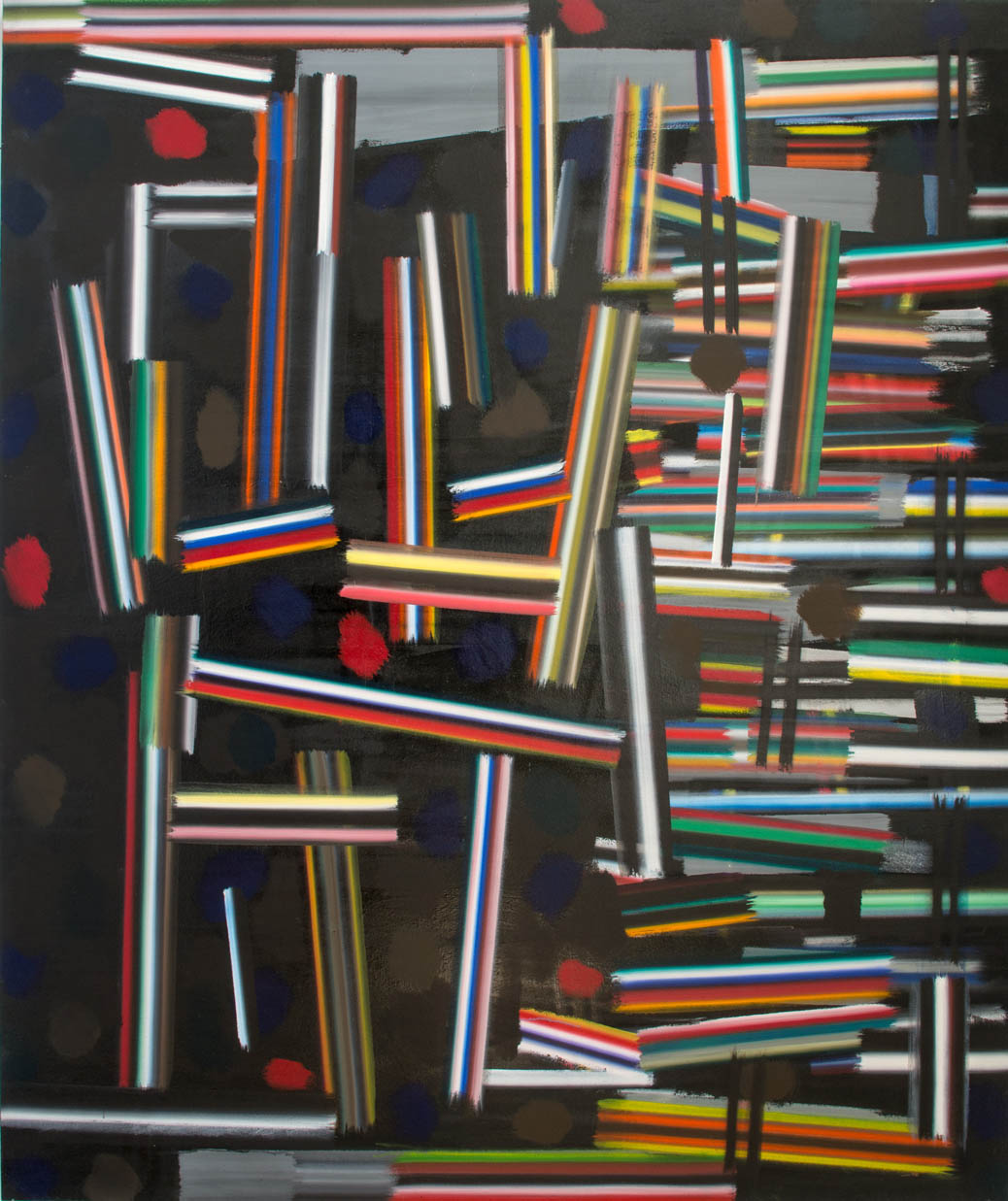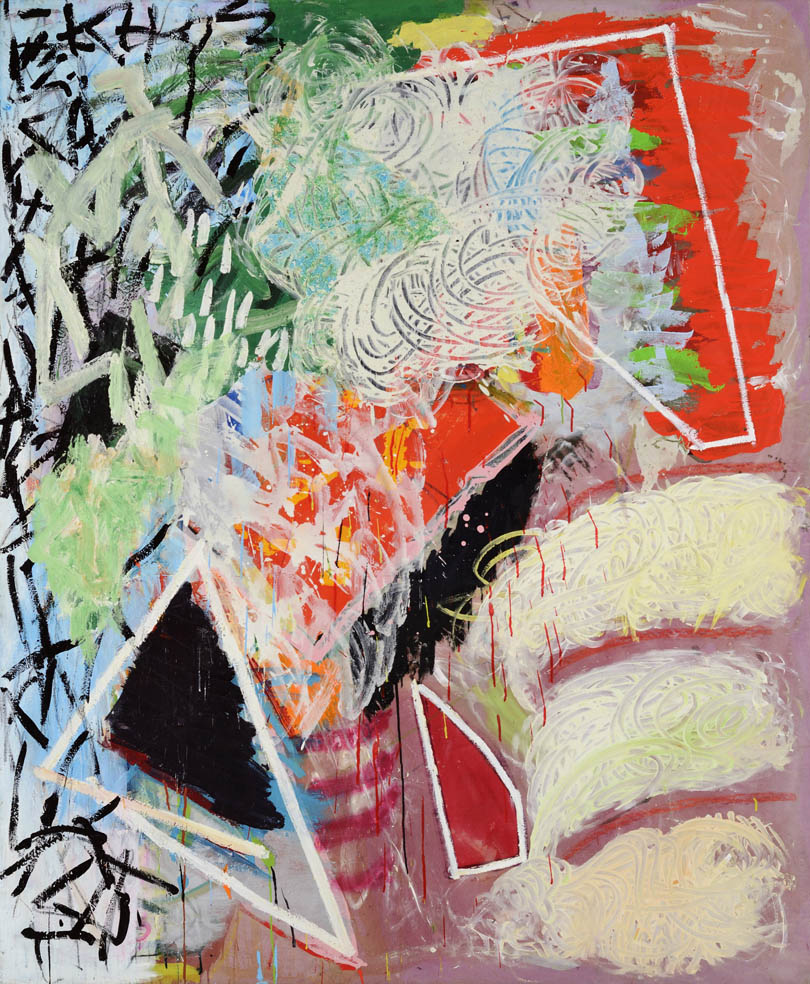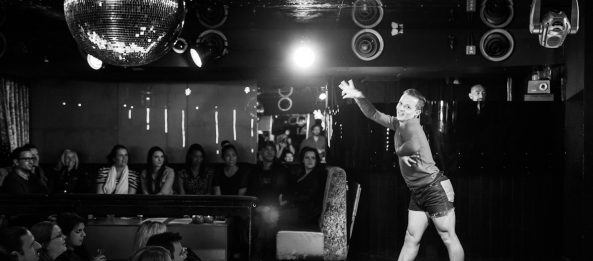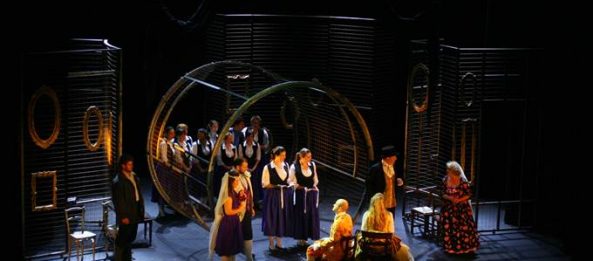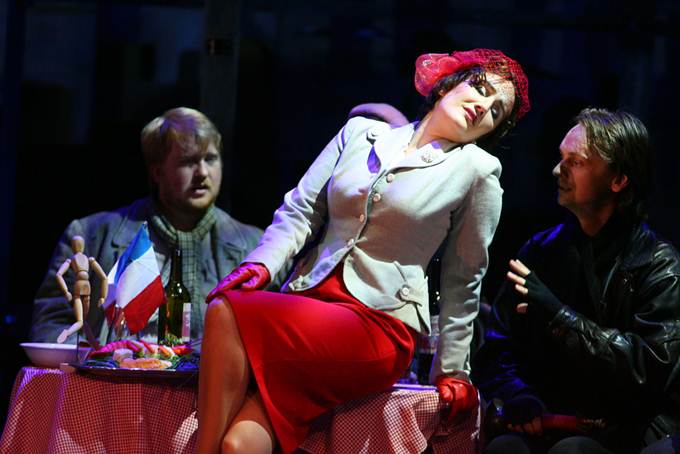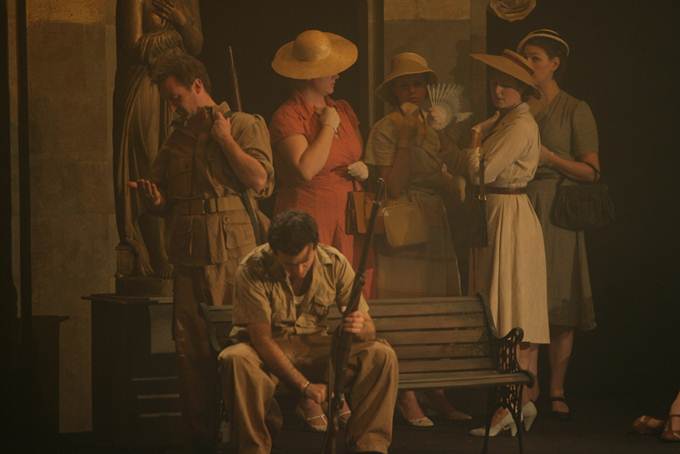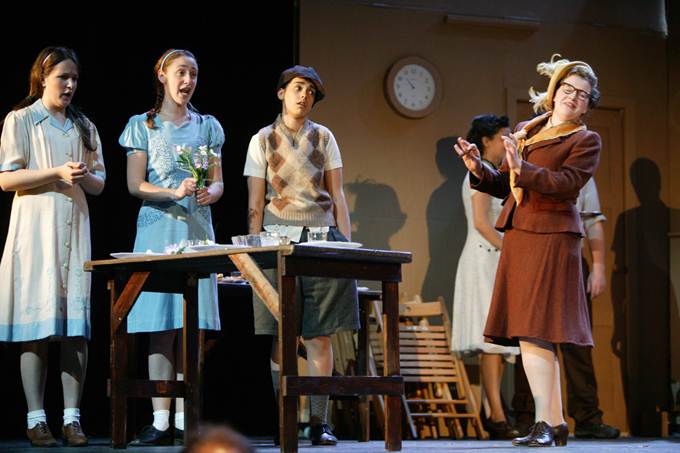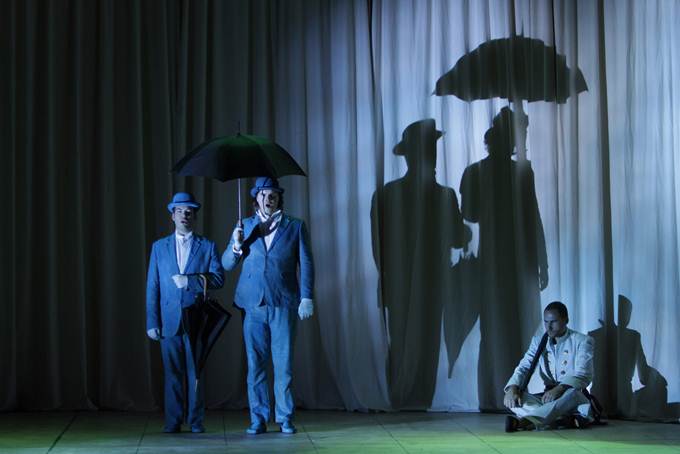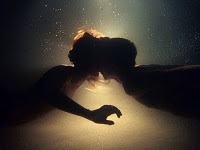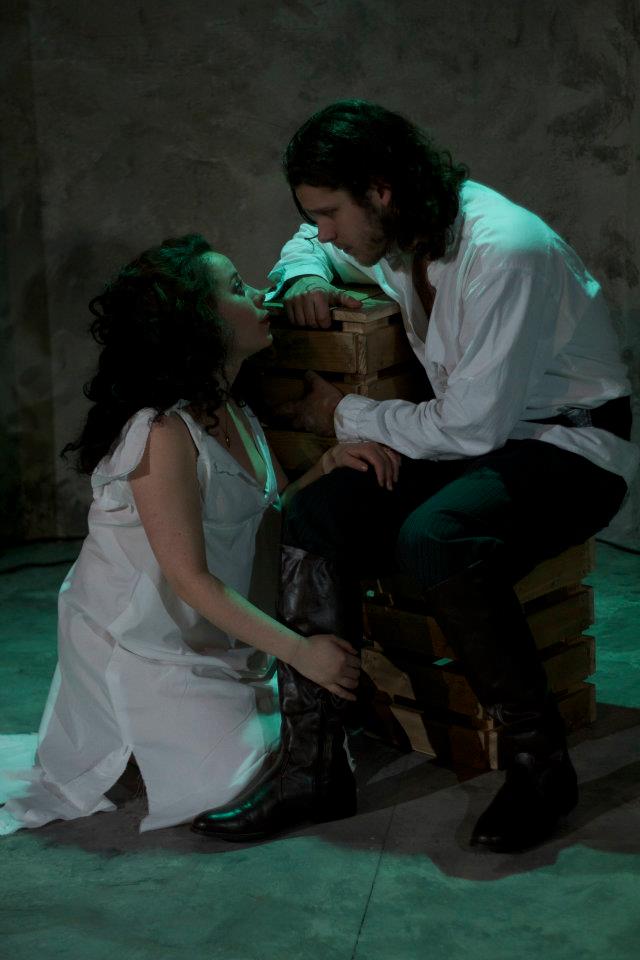 This summer, Co-Opera Co. will present two much-loved operas, Mozart’s Don Giovanni and Humperdinck’s Hansel and Gretel, at the John McIntosh Theatre of the London Oratory School. On tour later in the year, the company will also revive its successful production of Mozart’s The Magic Flute. All three operas will be sung in English.
This summer, Co-Opera Co. will present two much-loved operas, Mozart’s Don Giovanni and Humperdinck’s Hansel and Gretel, at the John McIntosh Theatre of the London Oratory School. On tour later in the year, the company will also revive its successful production of Mozart’s The Magic Flute. All three operas will be sung in English.
Founded by soprano Kate Flowers and lighting designer Paul Need, Co-Opera Co is an innovative opera company, striving to help singers earn while they learn, and promote the welfare of professional opera singers. I asked Kate to tell me how the company started and how it has progressed since its small beginnings.
“After our first discussions about the lack of an apprenticeship stage in a singers’ training – over far too many glasses of red wine one night in Dublin! – Paul and I decided that we should do something about it. I suggested one to one sessions – he suggested starting our own training opera company! So it is Paul we have to thank for being the driving force behind Co-Opera Co, from its inception. I set about calling all my friends and colleagues in the business – over 50 of today’s eminent artists who became our members – and Co-Opera Co was formed on June 13th 2008.”
We first opened our doors in January 2009 with a series of weekend workshops run by our members, one of whom was the legendary Philip Langridge, sadly no longer with us. In August that year we ran our first summer season, with two performances each of Albert Herring and La Boheme – produced in just three weeks (we must have been mad!), with the wonderful Chroma Ensemble as our orchestra.”
 To give the singers the chance to see what it would be like to perform in a different space, the company also took both shows for one performance each to The New Theatre Royal in Portsmouth.
To give the singers the chance to see what it would be like to perform in a different space, the company also took both shows for one performance each to The New Theatre Royal in Portsmouth.
2010 was the year the Co-Opera Co Orchestra was formed, and the company toured 7 performances of La Boheme and the Marriage of Figaro to 7 UK venues in four weeks. 2011 saw the tour grow to 25 performances in 12 weeks, with two new productions, The Magic Flute and Carmen.
Leading up to their summer season and UK tour in the autumn the company runs a comprehensive training programme, Connections, where participants work on every aspect of opera. I asked Kate Flowers to give me a flavour of how it works.
“Connections has grown out of those weekend workshops back in 2009 and has again developed in a very organic way, taking into consideration what singers have told us that they want – this year we held a series of one day workshops in the spring. Each workshop was run by one of our members working with up to 12 singers. Each workshop had a theme suggested by the member running the workshop – Sir Thomas Allen for instance wanted to work with the singers on Listening and Reacting; Janis Kelly on Body, Soul and Voice; and David Parry wanted to work on singing True Bel Canto. With everything that we have learned about what singers need, Janis Kelly is developing a fully integrated 3 month course – Professional Connections – which will cover every aspect of being an opera singer, and we are also working on a new course – Opera Matters – for opera enthusiasts and those singers who perhaps do not wish to follow a professional career but who nevertheless would like to explore the genre and work on their personal progress.”
“Because we work with so many levels of ability – and we have no age limit – in the various training programmes we run – to be honest, we will accept applications from anyone who has a real desire (and ability) to be involved in opera. Obviously for the touring operas we need to be able to present a truly professional standard of performance (and therefore performers) to the audiences – and to the theatres.”
We have had singers as young as 15 – our Harry in Albert Herring for instance – Marina Lawrence-Marrha – and this year we have a singer aged over 60 in The Midsummer Night’s Dream – neither of them have any qualifications – other than a true ability and a longing to sing/perform. (Marina by the way is just about to start a foundation year at the Urdang Studios and we like to think that her experience of performing with Co-Opera Co. went a long way to developing her aptitude and enthusiasm for performing – she is simply wonderful.)”
This year the company is rehearsing four operas over four weeks – Hansel and Gretel, Don Giovanni and a revival of The Magic Flute for a tour to 12 venues – at the moment (still more in the pipeline), preceded by a new venture: the Summer Opera, which is a four week course in which 30 singers work on their own opera ( A Midsummer Night’s Dream) with the Director Peter Watson, Conductor David Gostick and Choreographer Jenny Weston, performed at the John McIntosh Theatre on 17th and 18th August.
James Bonas, Director of Hansel and Gretel, believes the work of Co-opera is very important, because “There is a real shortage of programmes and performance possibilities for younger singers to gain experience once they’ve left formal training. The opportunity for near enough a hundred people to spend a summer together doing coaching, master classes, and rehearsals in one place is remarkable. It’s the chance for everyone to make contacts, get experience and take hold of some big roles that they wouldn’t yet get their hands on in the larger companies.”
 James also told me about the people involved and the rehearsals for Hansel and Gretel. “The cast is small actually – just five singers. Then we’ll have the Co-Opera orchestra and backstage there are the stage manager, deputy stage manager and assistant stage manager. Rehearsals have been swift. We’ve had a couple of weeks working in a rehearsal room and now we’ll have a couple of weeks onstage doing technical work, lighting and then bringing in the orchestra. With those time frames there’s no mucking about – we started with a day of music and then were up on our feet staging the scenes the next morning.”
James also told me about the people involved and the rehearsals for Hansel and Gretel. “The cast is small actually – just five singers. Then we’ll have the Co-Opera orchestra and backstage there are the stage manager, deputy stage manager and assistant stage manager. Rehearsals have been swift. We’ve had a couple of weeks working in a rehearsal room and now we’ll have a couple of weeks onstage doing technical work, lighting and then bringing in the orchestra. With those time frames there’s no mucking about – we started with a day of music and then were up on our feet staging the scenes the next morning.”
They did spend one Saturday morning playing games and dancing with the singers playing Hansel and Gretel. “It’s always so important as an adult acting a child that you remember that the child is not childish – they don’t walk strangely, they don’t pull faces constantly and they don’t whine. I think we have a tendency to do an impression of a kid rather than simply being very direct and straightforward in the world – which is what young children actually are.”
Talking about opening night (Thursday 23 August) James says, “I think it’s a bit like having a baby – a mixture of excitement and terror. You’re kind of looking forward to it but you know it’s going to take a heck of a push to get there.”
David-Milner Pearce, who is playing the title role in Don Giovanni, told me that this production is anything but traditional. “It is set in a Contemporary Art Gallery and the Don himself is based around a Damien Hirst. To keep thing current we have made slight tweaks to the libretto, but the translation by David Parry works very well.”
Kate and Paul’s vision for the future of the company is to eventually create a Centre of Excellence: “a theatre of our own with rehearsals studios, technical workshops, etc – based around a main touring company and with a training arm for professionals and non-professionals of all ages. A lottery win would certainly help with that!! But in the absence of that, we are aiming to build a commercial side of the business to provide year long employment to our associates – and our beloved Co-Opera Co. Orchestra – by moving our rehearsals for the touring productions to Easter next year, in order to prolong the touring season to include the festival market, and developing the Summer Opera Course so that August becomes the focus of the training element – and of course Janis Kelly’s Connections Programme- and Opera Matters – which we hope to launch next spring.
 Lastly, I asked Kate Flowers what Co-Opera Co means to her. “Everything – well after my three sons and my mum that is.”
Lastly, I asked Kate Flowers what Co-Opera Co means to her. “Everything – well after my three sons and my mum that is.”
“Since Paul Need and I first started talking about the possibility of helping singers as they enter the profession, I have found that my time – and Paul’s – has become almost entirely devoted to running the company, coaching and training the singers and generally making sure that Co-Opera Co. achieves what we set out to achieve four years ago. I would like to emphasize that everything we are doing here at Co-Opera Co. is done with no outside funding whatsoever – we rely on box office sales – especially in our London shows during August which have the potential to raise enough money to significantly reduce the unfortunately inevitable deficit we will face at the end of the season, and that whilst we pay all our members for the work they do with our singers, musicians and technicians, and we pay our associates for their performances and pay for and organise travel and accommodation on tour, neither Paul nor I have paid ourselves a penny during the past four years – and we will not even consider doing so until we have reached the point where no-one has to be asked for a contribution. I say this because there might be a perception that there is something other than altruistic about the way we run Co-Opera Co. To be honest, I would never have imagined that I could ever be so enthused about something that had no personal financial gain – and I think I can speak for Paul too here – but we really are doing this, we believe, for the greater good.”
Don Giovanni is on 22 and 24 August 2012, Hansel and Gretel on 23 and 25 2012, all shows at 7.30pm at John McIntosh Theatre, Seagrove Road, London SW6 1RX. Tickets are priced between £10-25 and can be purchased online at http://www.ticketweb.co.uk/user/?region=xxx&query=schedule&promoter=co-opera. The theatre is wheelchair accessible, and free parking is available next to the John McIntosh Arts Centre.
The tour covers Croydon, Yeovil, Wolverhampton, Darlington, Epsom, Manchester, Bury St Edmunds, Wellingborough, Buxton, Camberley, Blackpool, Hertford, and Southport, with further dates to be announced. For more information please visit www.co-opera-co.org.
Mary Tynan






